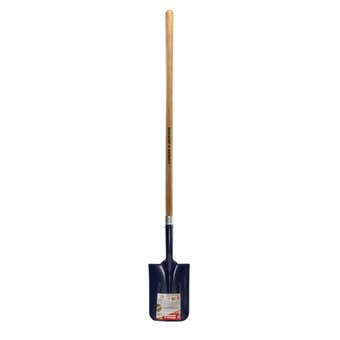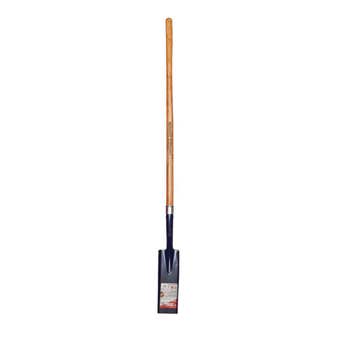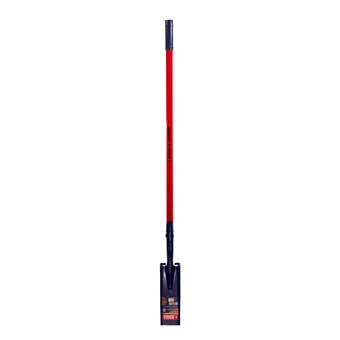- 18 July 2023
Jump to Topic:
- How to Choose the Right Citrus Tree Type
- How to Purchase the Right Tree
- How to Position the Citrus Tree in the Garden
- When Is the Best Time to Plant Citrus Trees
- Step-by-Step Guide on How to Plant Citrus Trees
- Care and Maintenance Tips for Citrus Trees
- What Are the Common Citrus Tree Problems and Treatments
Jump to Topic:
How to Choose the Right Citrus Tree Type
How to Purchase the Right Tree
How to Position the Citrus Tree in the Garden
When Is the Best Time to Plant Citrus Trees
Step-by-Step Guide on How to Plant Citrus Trees
Care and Maintenance Tips for Citrus Trees
What Are the Common Citrus Tree Problems and Treatments
How to Choose the Right Citrus Tree Type
When it comes to growing citrus trees in Australia, you have a variety of options to choose from. Let's explore the pros and cons of growing popular citrus fruits like lemons, oranges, grapefruits, and mandarins in the Australian climate.
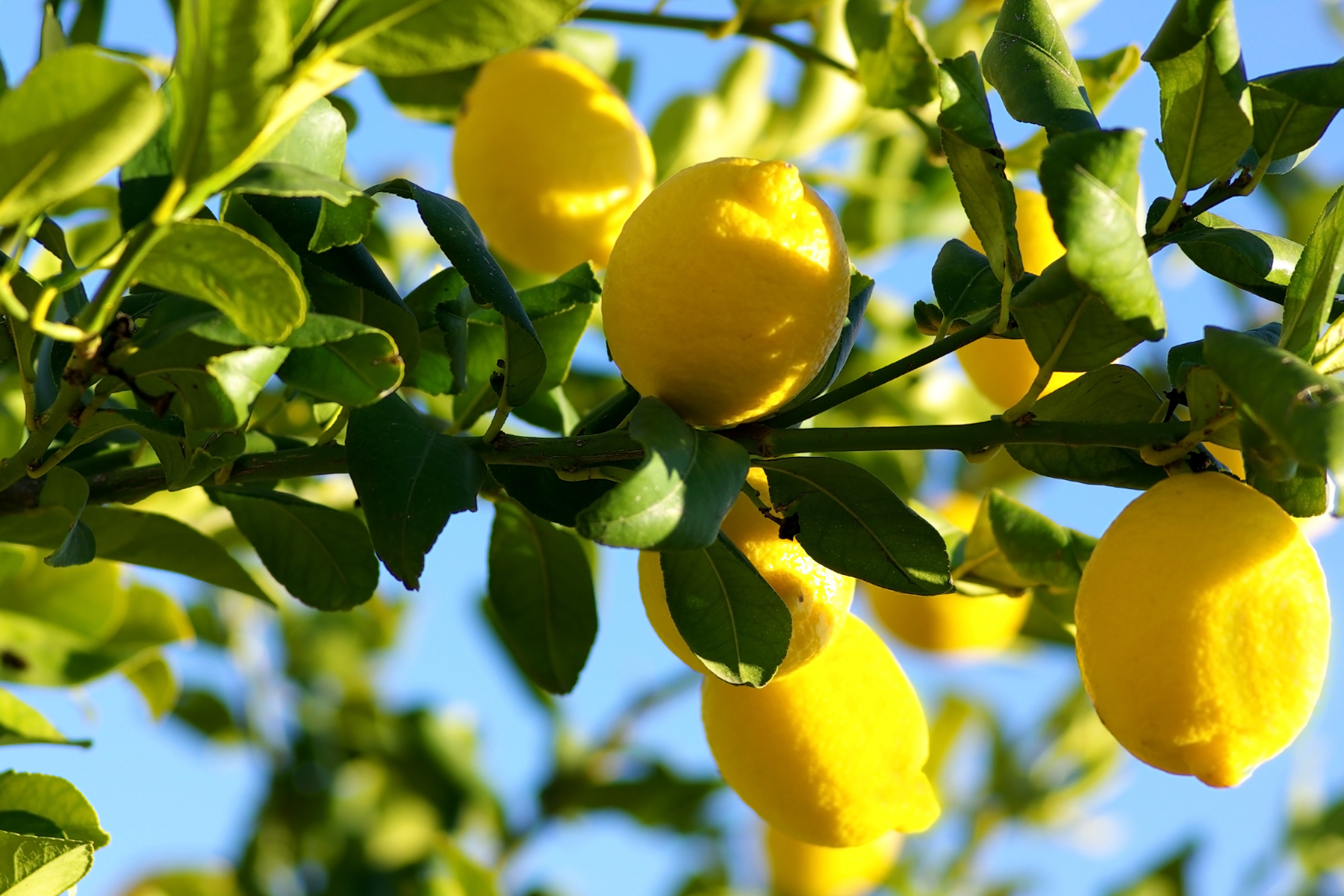

Lemons
Lemons are one of the most widely grown citrus fruits in Australia. They are versatile, adding a tangy flavour to both sweet and savoury dishes. Lemon trees are generally hardy and can tolerate a range of climates, making them suitable for various regions across Australia.
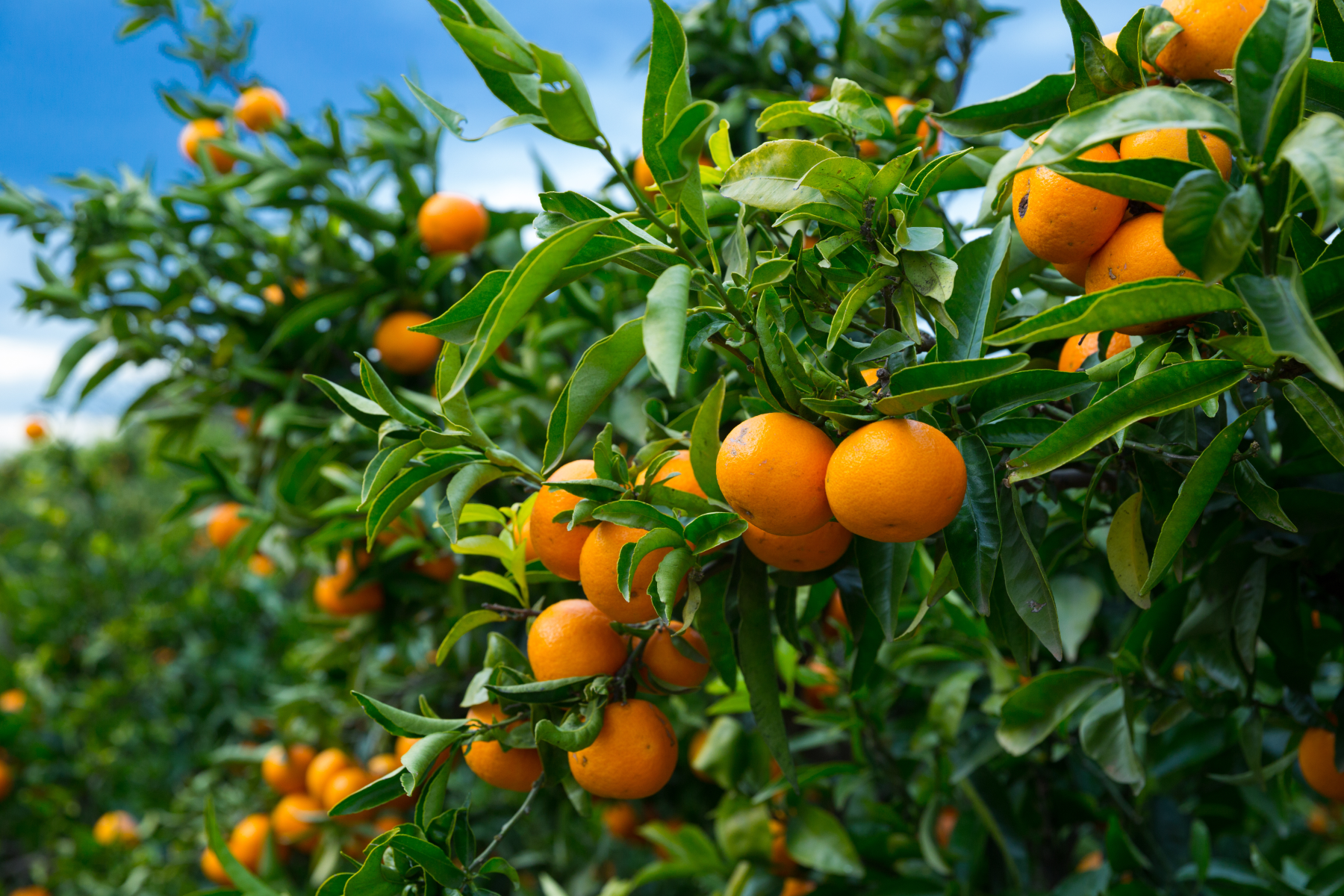

Oranges
Oranges are beloved for their juicy, sweet flavour and vibrant colour. They thrive in warm, sunny climates and are well-suited to Australia's northern regions. However, certain orange varieties, such as the Navel orange, can also be grown in cooler areas.
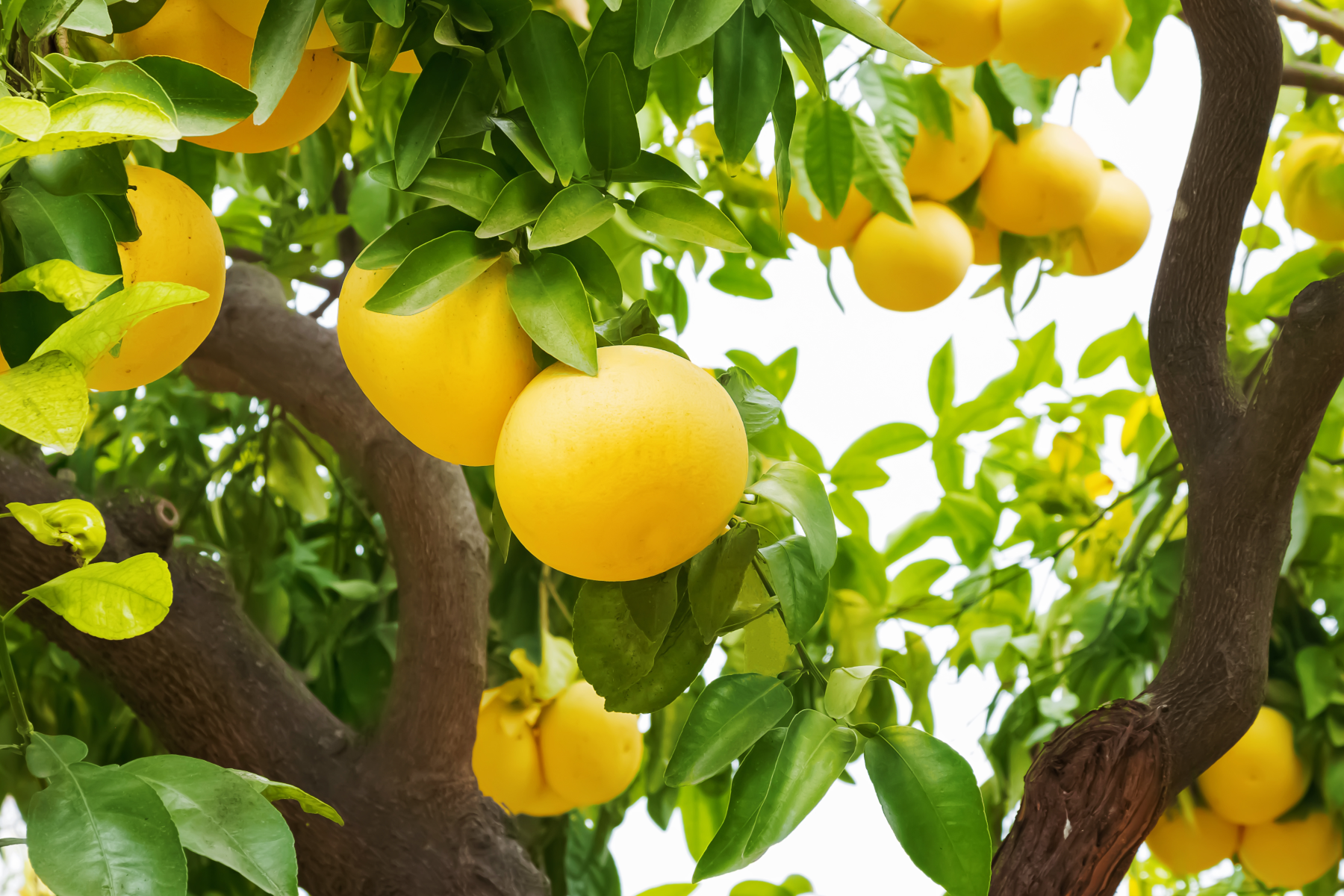

Grapefruits
Grapefruits are known for their refreshing taste and health benefits. They prefer a warm and sunny climate, making them ideal for coastal regions and warmer parts of Australia. Keep in mind that grapefruit trees may require more space due to their larger size compared to other citrus trees.
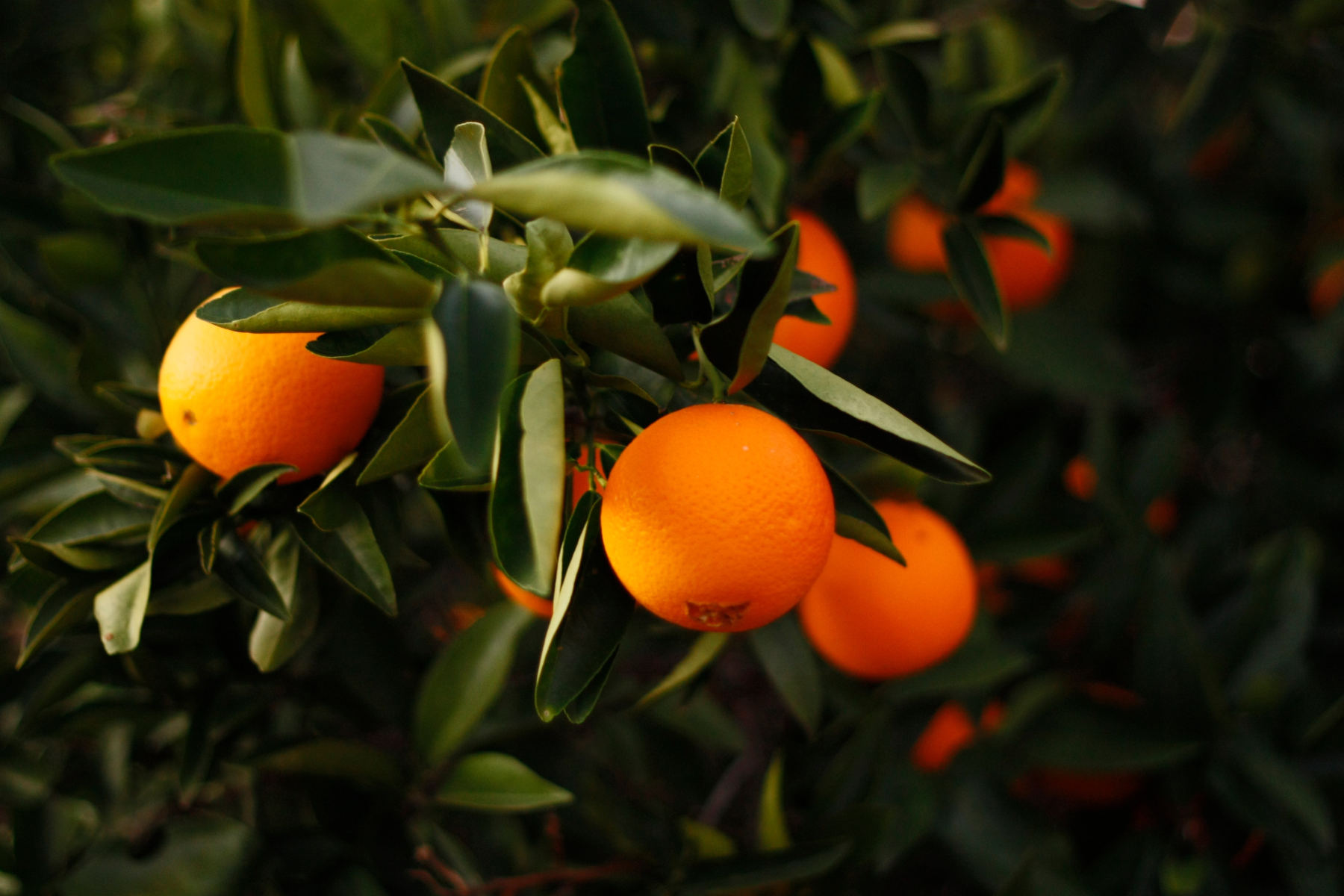

Mandarins
Place the tree in the centre of the hole, making sure the bud union (the swollen area on the lower main stem) is above the soil level. Backfill the hole with soil, firming it gently around the roots to eliminate air pockets.
When selecting a citrus tree type, consider your local climate, available space, and personal preferences for fruit taste and uses. Remember that certain citrus tree varieties may perform better in specific regions of Australia due to temperature and soil conditions.
How to Purchase the Right Tree
Purchasing a healthy citrus tree is crucial for its successful growth. Follow these tips and tricks when selecting your citrus tree:
- Choose a reputable nursery or garden centre that specialises in citrus trees. They will likely have a wide range of healthy and well-cared-for trees to choose from.
- Look for trees with glossy, deep green foliage. This indicates a strong and healthy plant. Avoid trees with pale or yellowing leaves, as they may suffer from nutrient deficiencies.
- Inspect the stems and bark for any signs of rotting or decay. Check where the stem meets the potting mix within the container for any collar rot. Trees with such issues should be avoided.
- Check for signs of insect or pest attack, as well as any discolouration caused by fungal diseases. Look for trees that are free from such problems to ensure a good start.
- Consider the tree's size and shape. Choose a tree with a straight and sturdy trunk, well-balanced branches, and a healthy root system.
- If possible, inquire about the tree's history, including the nursery it came from, the age of the tree, and any special care it has received.
By selecting a healthy tree from the start, you give yourself a solid foundation for successful citrus tree growth.
How to Position the Citrus Tree in the Garden
Proper positioning is crucial for the healthy growth of citrus trees. Consider the following tips for each citrus tree type:
Lemons
Lemon trees love heat and sunshine. Choose a warm, sunny position in your garden that is protected from frost.
If you have limited space, growing a lemon tree in a large tub or container is a great alternative. Ensure the container has proper drainage to prevent waterlogging.
Oranges
Oranges also thrive in warm, sunny positions. Select a location that receives full sun exposure for most of the day. In cooler regions, choose cold-tolerant varieties and consider planting against a north-facing wall for additional warmth.
Grapefruits
Grapefruit trees require a similar environment to oranges. They need a warm, sunny position with protection from frost and strong winds. Ensure the tree has enough space to grow to its full size and spread.
Mandarins
Mandarin trees prefer a sunny position with well-drained soil. They are generally more cold-tolerant than other citrus trees, making them suitable for cooler regions. However, they still require protection from severe frosts.
Remember to consider the specific needs of each citrus tree type when positioning them in your garden. Providing the right conditions will promote healthy growth and maximise fruit production.
When Is the Best Time to Plant Citrus Trees
The planting season for citrus trees can vary depending on the region and specific citrus type. Consider the following guidelines:
Lemons
Lemons can be planted throughout the year in tropical and subtropical regions. In the southern states, it is best to plant them from September to May after the danger of frost has passed.
Oranges
Oranges are typically planted in spring when the soil starts to warm up. This allows the roots to establish before the onset of winter. However, some cold-tolerant orange varieties can be planted in early autumn.
Grapefruits
Grapefruit trees are best planted in spring or early summer when the soil is warm. This gives them ample time to establish their root system before the cooler months.
Mandarins
Mandarin trees are generally planted in spring or early autumn. Spring planting allows them to benefit from the warmer months, while autumn planting takes advantage of the milder temperatures.
Always consider your local climate and weather conditions when determining the best planting time for citrus trees in your area. Adjust the planting schedule accordingly to give your trees the best start.
Step-by-Step Guide on How to Plant Citrus Trees
The process of planting citrus trees is similar for most varieties. Follow these step-by-step instructions:
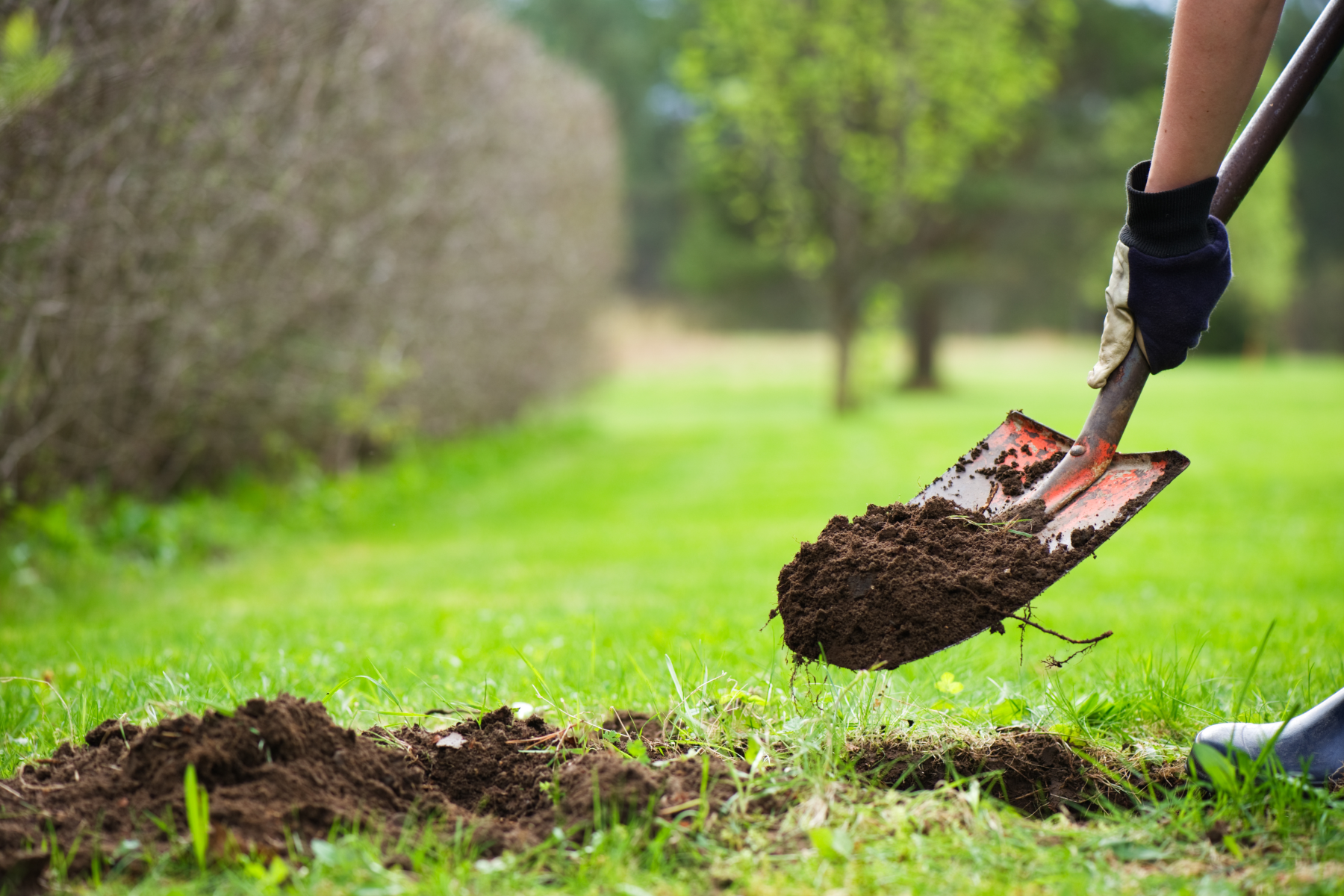

Prepare the planting hole
Dig a hole with a spade or shovel that is wide and deep enough to accommodate the entire root system of the tree. Ensure the hole is weed-free and loosen the soil around the edges.
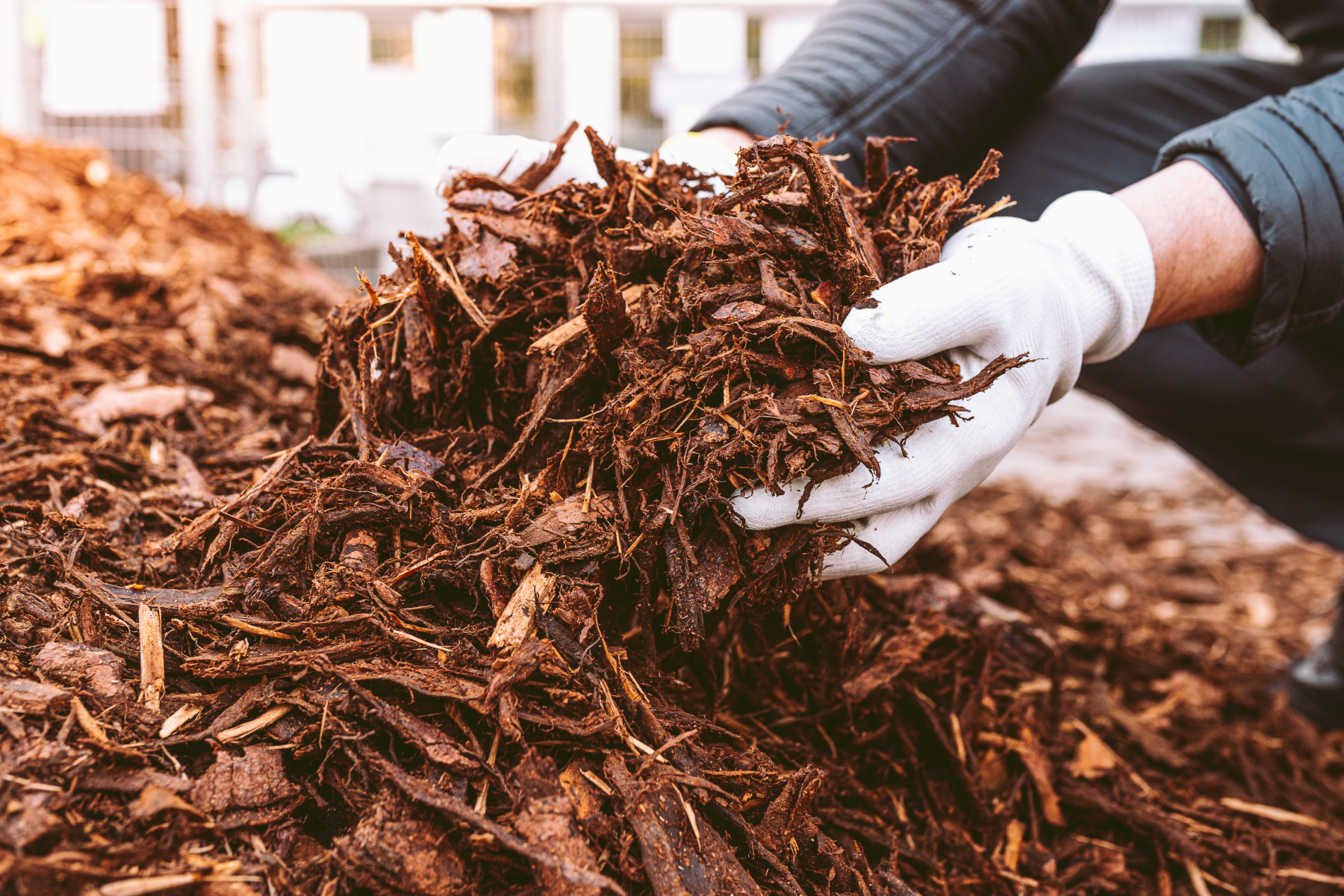

Improve the soil
If your soil is heavy clay or lacks nutrients, consider mixing in organic matter such as compost or well-rotted manure to improve drainage and provide essential nutrients for the tree.
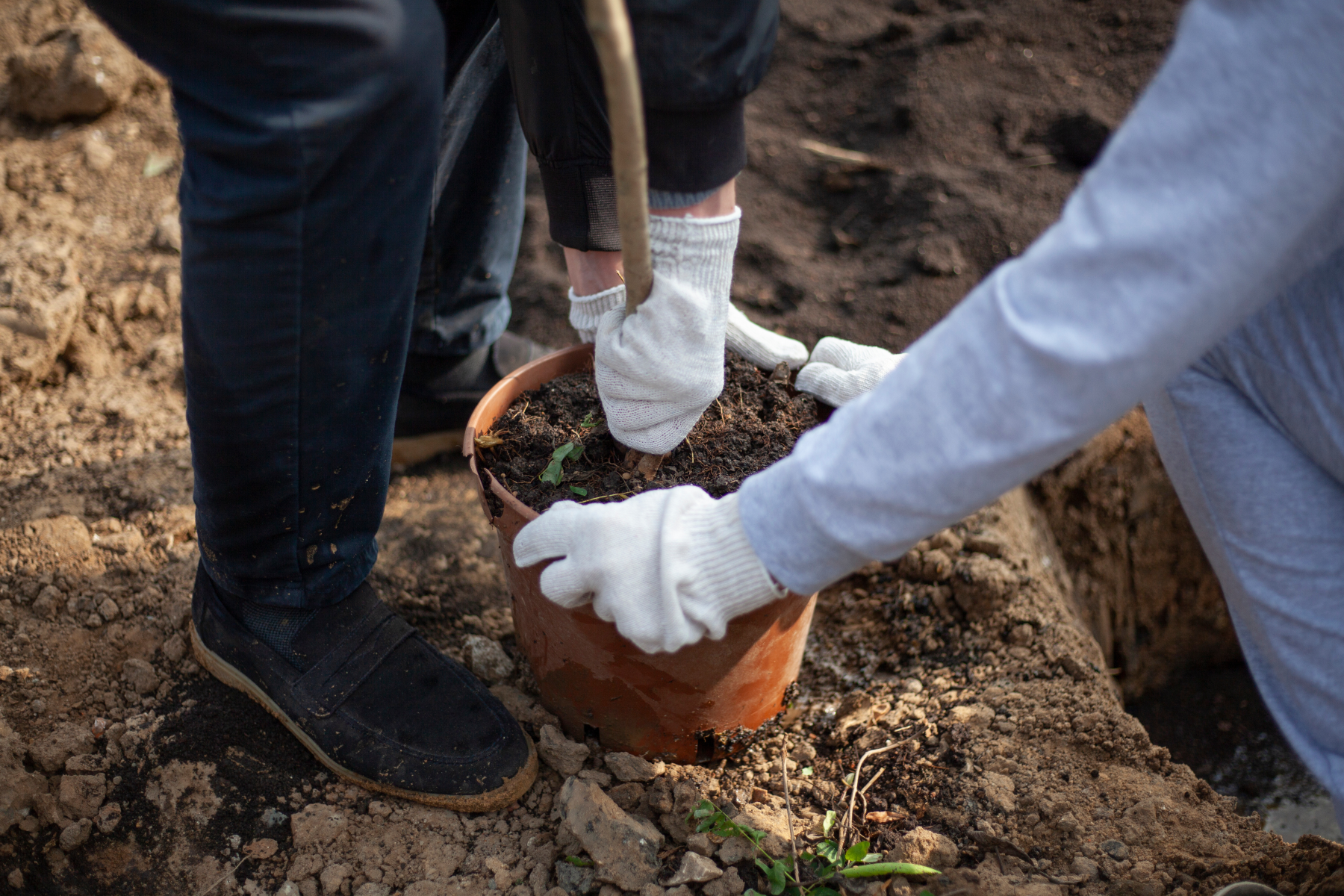

Remove the tree from its container
Carefully remove the citrus tree from its container, ensuring not to disturb the roots excessively. Gently tease out any tangled or circling roots.
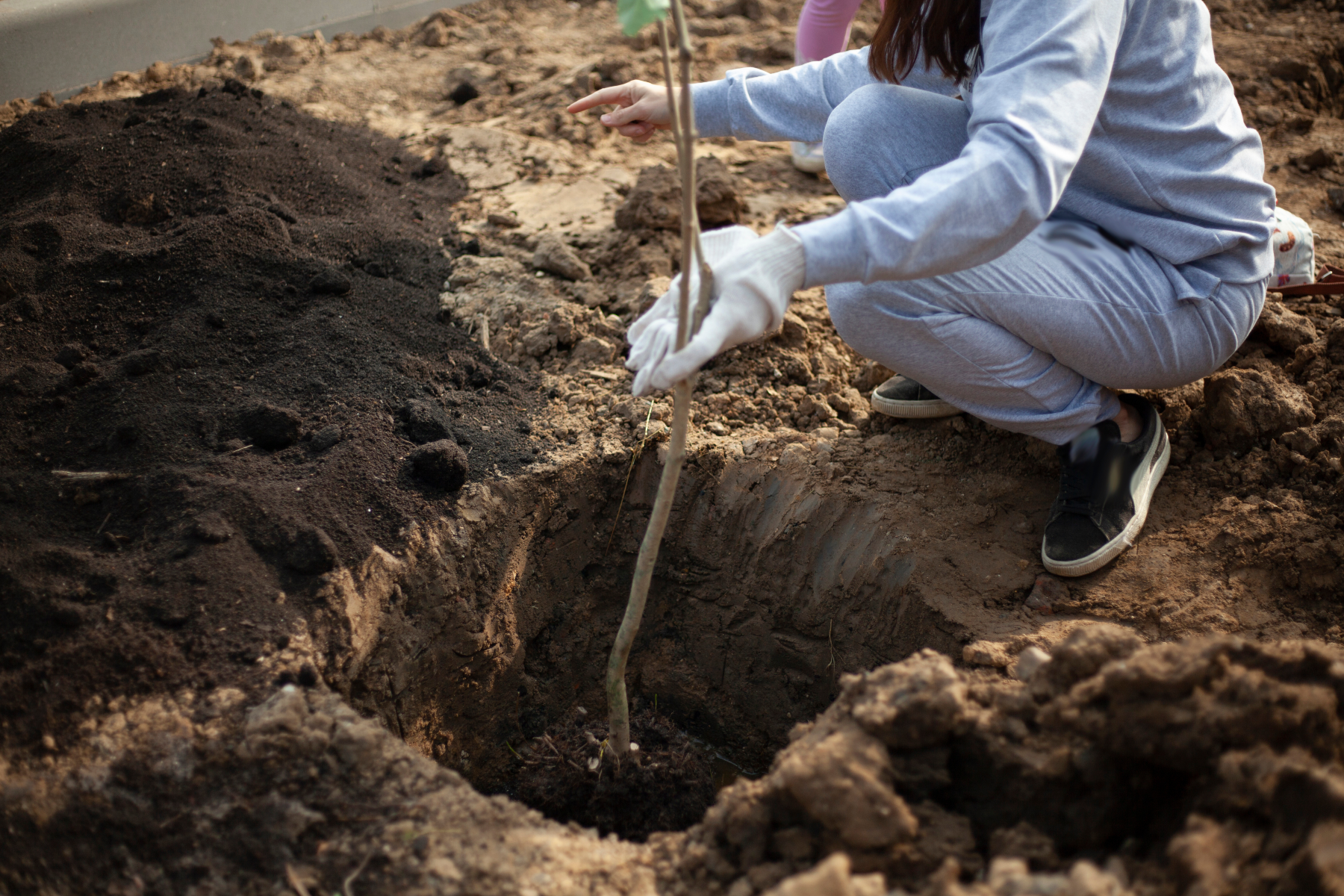

Plant the tree
Place the tree in the centre of the hole, making sure the bud union (the swollen area on the lower main stem) is above the soil level. Backfill the hole with soil, firming it gently around the roots to eliminate air pockets.
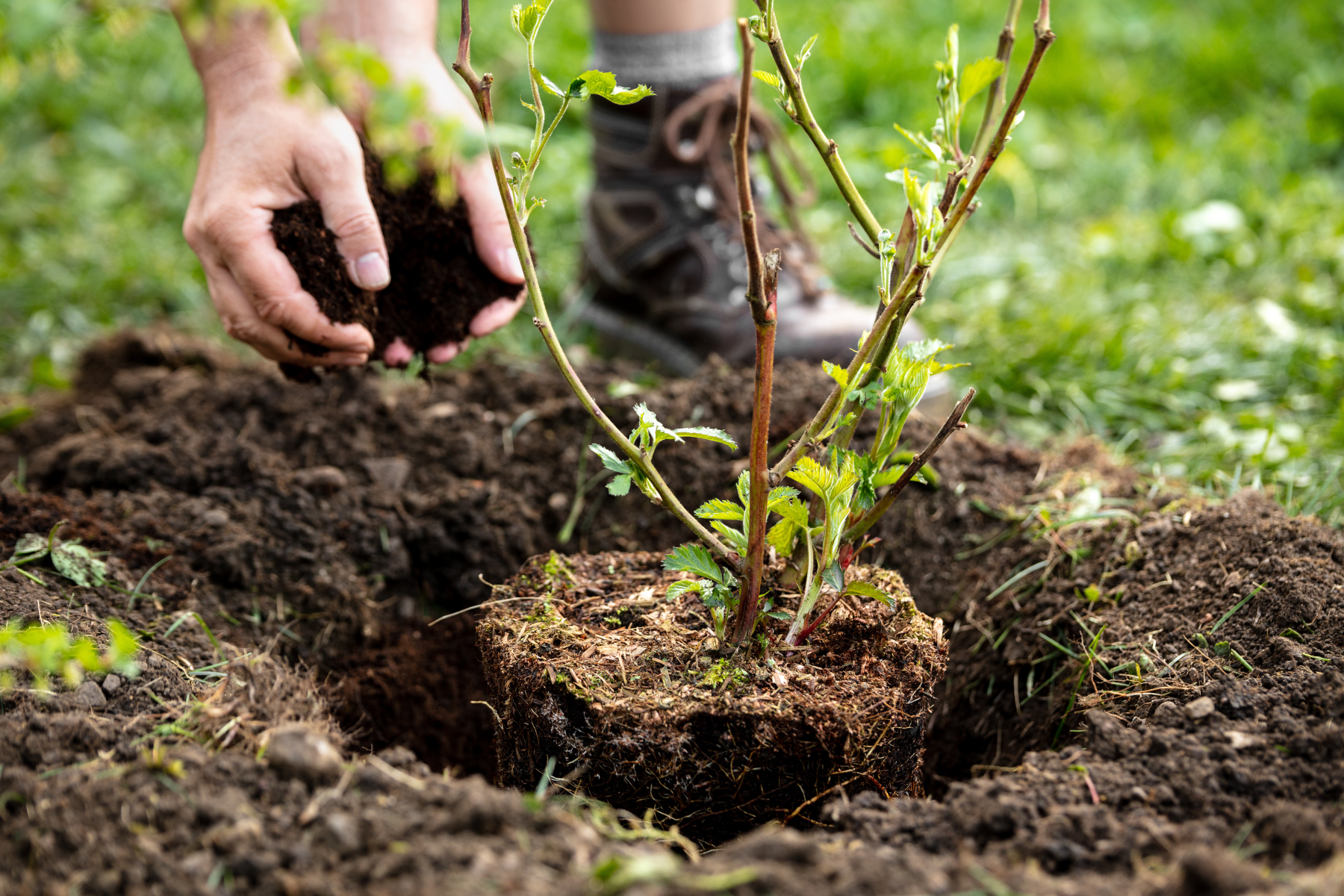

Mulch and water
Apply a layer of organic mulch around the base of the tree, leaving a small gap around the trunk. This helps retain moisture and suppress weeds. Water the tree thoroughly after planting to settle the soil.
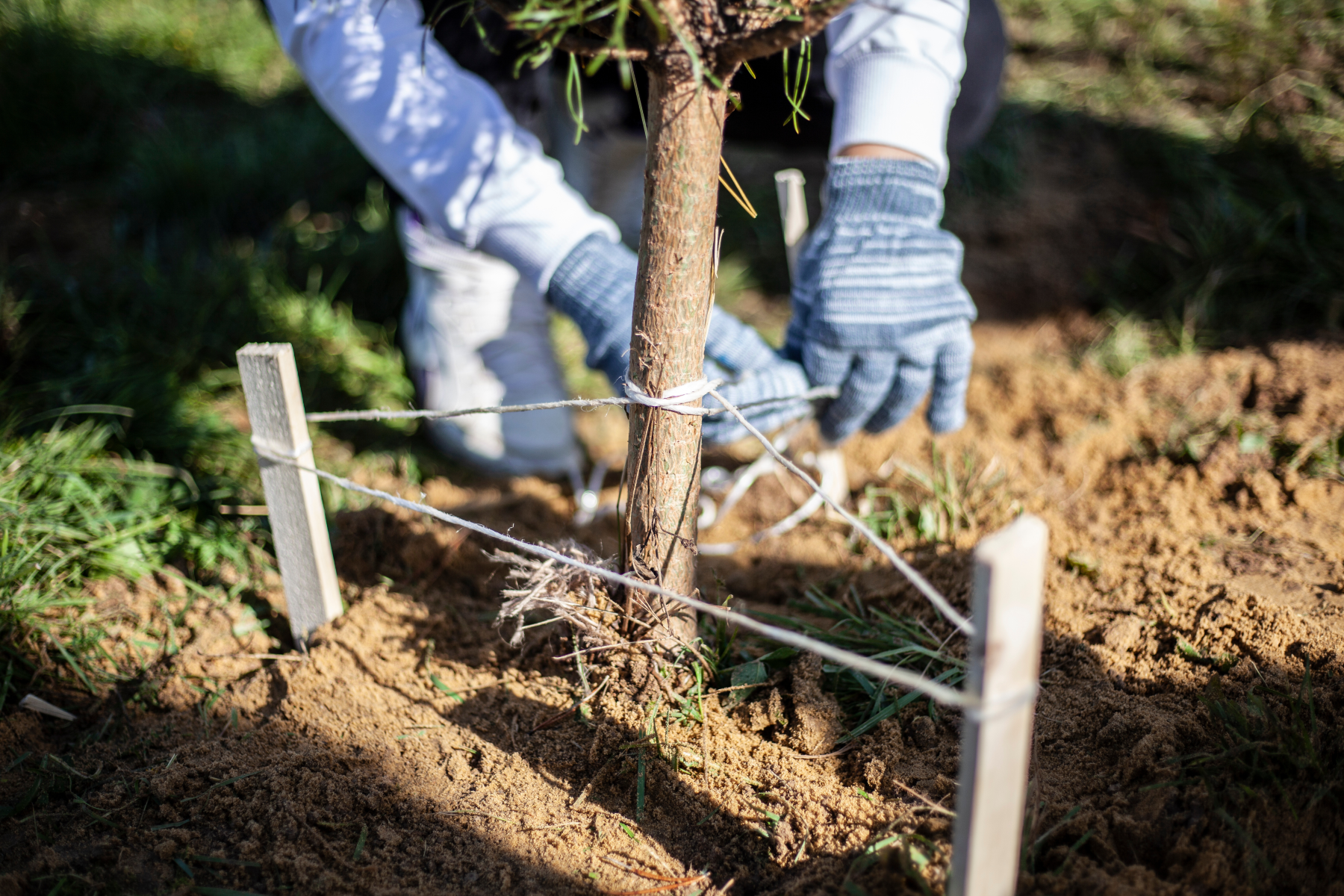

Stake the tree (if necessary)
If your area experiences strong winds or the tree appears top-heavy, consider staking it to provide support. Use soft ties and stakes that allow some flexibility for natural movement.
Remember to follow any specific planting instructions provided with the tree or consult with local gardening experts for region-specific advice.
Care and Maintenance Tips for Citrus Trees
Proper care and maintenance are essential for the health and productivity of citrus trees. Here are some tips for watering, fertilising, and pruning:
Watering
Citrus trees need regular watering, especially during hot and dry periods. Deep watering is crucial to encourage deep root growth. Provide enough water to moisten the soil to the depth of the root system. However, avoid overwatering, as citrus trees are susceptible to root rot.
You can water with a watering can, garden hose, or sprinkler.
Fertilising
Citrus trees benefit from regular feeding to ensure optimal growth and fruit production. Use a balanced citrus fertiliser or a specialised slow-release citrus fertiliser according to the package instructions. Apply the fertiliser in early spring and again in late summer.
Pruning
Pruning helps maintain the shape of the tree, improves airflow, and promotes fruit production. Prune citrus trees in late winter or early spring before new growth begins. Remove any dead, damaged, or crossing branches with secateurs. Thin out overcrowded branches to allow light to reach the inner parts of the tree.
Pest and Disease Control
Monitor your citrus trees regularly for signs of pests such as aphids, scale insects, or citrus leafminers. Use appropriate organic or chemical controls to manage infestations. Address any signs of diseases like citrus canker, citrus greening, or fungal infections promptly by removing affected branches and applying appropriate treatments.
What Are the Common Citrus Tree Problems and Treatments
Citrus trees can face various problems, but with timely intervention, most issues can be managed. Here are common problems and their treatments:
Curly Leaves
Curly leaves can indicate an infestation of aphids, citrus leafminers, or a deficiency in nutrients like magnesium. Use appropriate insecticides or organic pest control methods to manage aphids and leafminers. Apply a magnesium-rich fertiliser to address nutrient deficiencies.
Yellowing Leaves
Yellowing leaves may be a sign of nutrient deficiencies, particularly iron or nitrogen. Apply a suitable citrus fertiliser that includes these nutrients. If the soil pH is too high, consider using a soil acidifier to correct the imbalance.
Citrus Tree Diseases
Common citrus diseases include citrus canker, citrus greening (Huanglongbing), and fungal infections like brown rot or powdery mildew. Prune and remove affected branches, fruits, or leaves. Consult with local agricultural extension services or citrus experts for specific treatments and control measures for these diseases.
By following these care and maintenance practices and addressing problems promptly, you can keep your citrus trees healthy and thriving.













